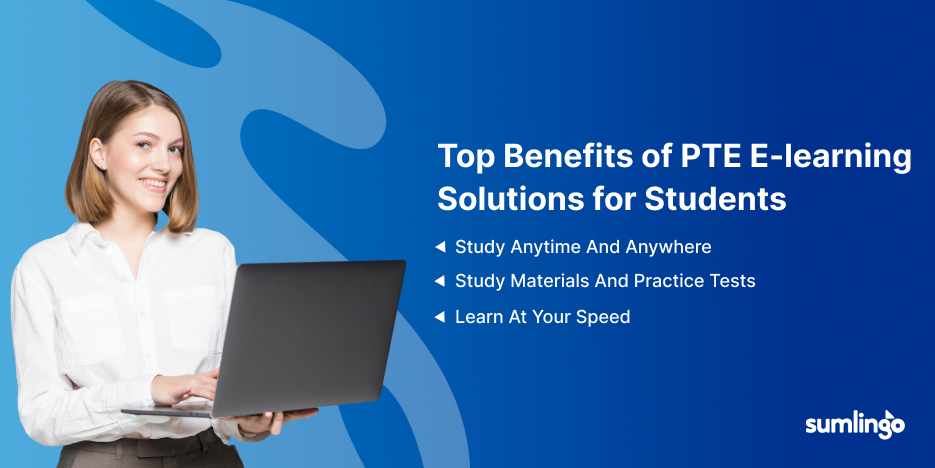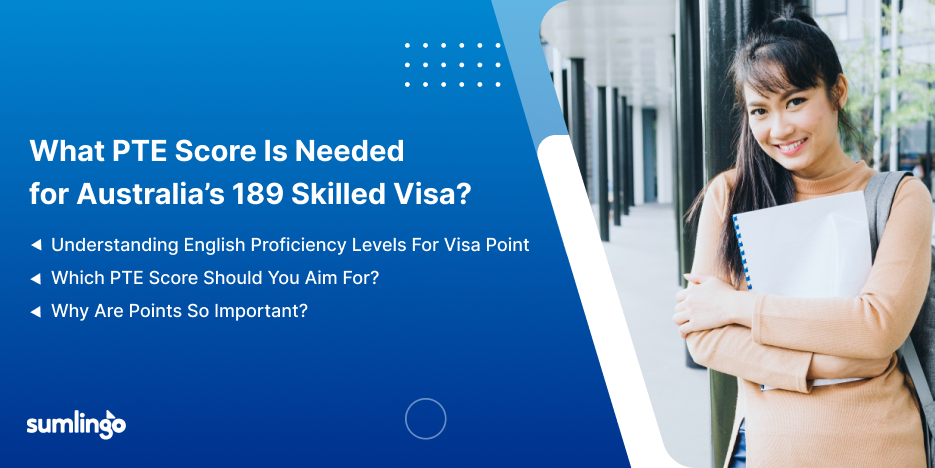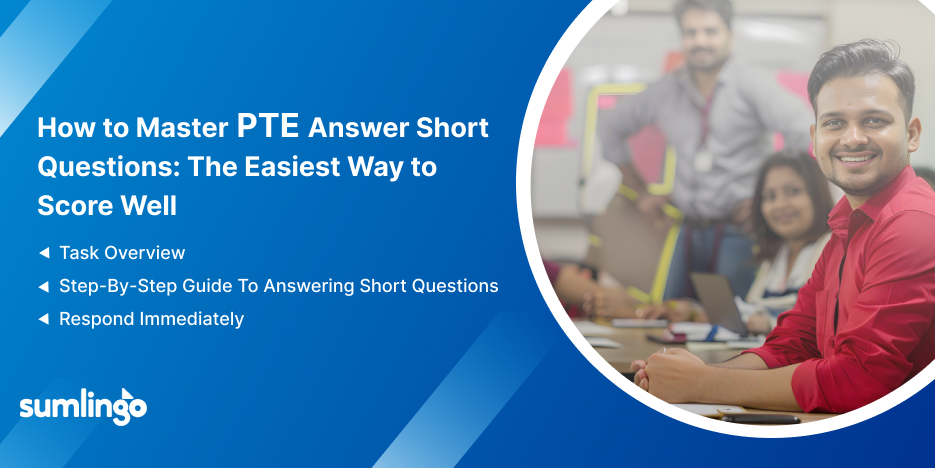When preparing for the PTE Academic Listening section, one task that often challenges test-takers is the Highlight Correct Summary. This task requires not only careful listening but also quick comprehension and analysis. Success hinges on your ability to identify and retain key ideas from an audio recording and select the most accurate summary from several options.
Understanding the Task
In this item type, you will listen to a recording that plays automatically and only once. Once the audio ends, you must select the paragraph that best summarizes the content. There are several response options, but only one correct answer. While the task may seem straightforward, the challenge lies in the limited time and the amount of information you must process.
Scoring Insight
This question type evaluates both your listening and reading skills. Scoring is simple:
- 1 point for a correct response
- 0 points for an incorrect one No partial credit is given
How to Approach It
1. Focus on Listening First
Do not scan the answer choices before or during the audio. This can split your attention and cause you to miss key points. Instead, concentrate fully on the speaker and the structure of what they’re saying.
Example:
Let’s say the audio is about space exploration. The speaker discusses the history of space missions, current developments, and future goals like Mars colonization. If you’re focused while listening, you’ll notice the speaker moves from past to present to future this helps you understand the flow and identify what the main theme is. If you were distracted by reading options, you might miss that progression entirely.
Are you ready to test your skills?
2. Take Efficient Notes
Use the erasable notepad provided to jot down:
- Key ideas
- Names, dates, and figures
- Keywords or phrases emphasized by the speaker through tone or repetition
- Even short bullet points or abbreviations can be helpful. The main idea is to capture the essence of the message, not every word.
Example:
Suppose the audio is about renewable energy. While listening, you write:
- Solar, wind = future
- Fossil fuels – harmful
- Climate change
- Gov. policy shift
Later, these notes help you quickly identify which summary best captures the entire message particularly if it includes causes, solutions, and impacts.
3. Match Notes to the Summary
Once the audio ends, read each summary carefully and compare it to your notes. The correct option will closely align with the main idea and supporting points from the recording. Be cautious of summaries that:
- Focus on minor details
- Introduce information not mentioned
- Distort or misrepresent the speaker’s message
Example:
If your notes from an audio on online education include:
- COVID-19 shift
- Flexibility, access
- Lack of social interaction
One summary option talks only about the history of traditional education; you can eliminate it because it misses the main focus of the audio.
Exam Day Tips
- Stay Calm and Focused: Clear your mind, take a deep breath, and be mentally prepared to listen attentively as the audio starts automatically.
- Read the Options First: Avoid reading the summary options before or during the audio, as this can divide your attention and cause you to miss key points.
- Use the Notepad Effectively: Be ready to jot down only essential keywords, names, dates, and key phrases while listening don’t attempt full sentences.
- Listen for Structure and Cues: Pay attention to the speaker’s structure and transitions for example, firstly, on the other hand, in conclusion to identify key ideas.
- Eliminate Incorrect Options: After listening, eliminate any summaries that include irrelevant information, contradict the audio, or leave out major points.
- Match Summary with Core Message: Compare your notes to the options and choose the summary that best captures the speaker’s overall message and supporting details.
- Manage Your Time Wisely: Spend no more than 30–40 seconds reviewing the summaries and making your selection—trust your preparation.
- Don’t Second-Guess: Once you’ve selected the best option, move on confidently without dwelling on the previous question.
Are you ready to test your skills?
Practice Question
Choose the most accurate summary of the audio.
- Escape rooms are primarily designed for entertainment and rely on individual performance under pressure to succeed.
- Escape rooms are an evolving form of entertainment that blends narrative, teamwork, and problem-solving, with growing applications in education and corporate settings.
- Escape rooms are high-tech simulations that focus mainly on emotional engagement and storytelling rather than problem-solving.
- Escape rooms, once used for team-building, are now mostly reserved for gaming enthusiasts and thrill seekers.
- Correct Answer: B
- Explanation of Correct Answer:
- B: Escape rooms are an evolving form of entertainment that blends narrative, teamwork, and problem-solving, with growing applications in education and corporate settings: This choice best captures the key points from the audio: the blend of storytelling, teamwork, problem-solving, and the expanding use beyond just entertainment.
AudioTranscript:
Escape rooms have surged in popularity as immersive entertainment experiences, combining storytelling, problem-solving, and teamwork. Participants are typically locked in a themed room and must decipher clues to escape within a set time, often an hour. These experiences appeal to a broad demographic, from friends and families to corporate teams, due to their engaging nature and reliance on collaboration. While initially rooted in the gaming world, escape rooms now intersect with education and corporate training, emphasizing skills like critical thinking and communication. Despite the fun, they can also highlight group dynamics under pressure. As the industry evolves, more high-tech elements and narrative depth are being introduced, enhancing realism and emotional engagement.
Join Sumlingo and take a first step towards PTE preparation.










